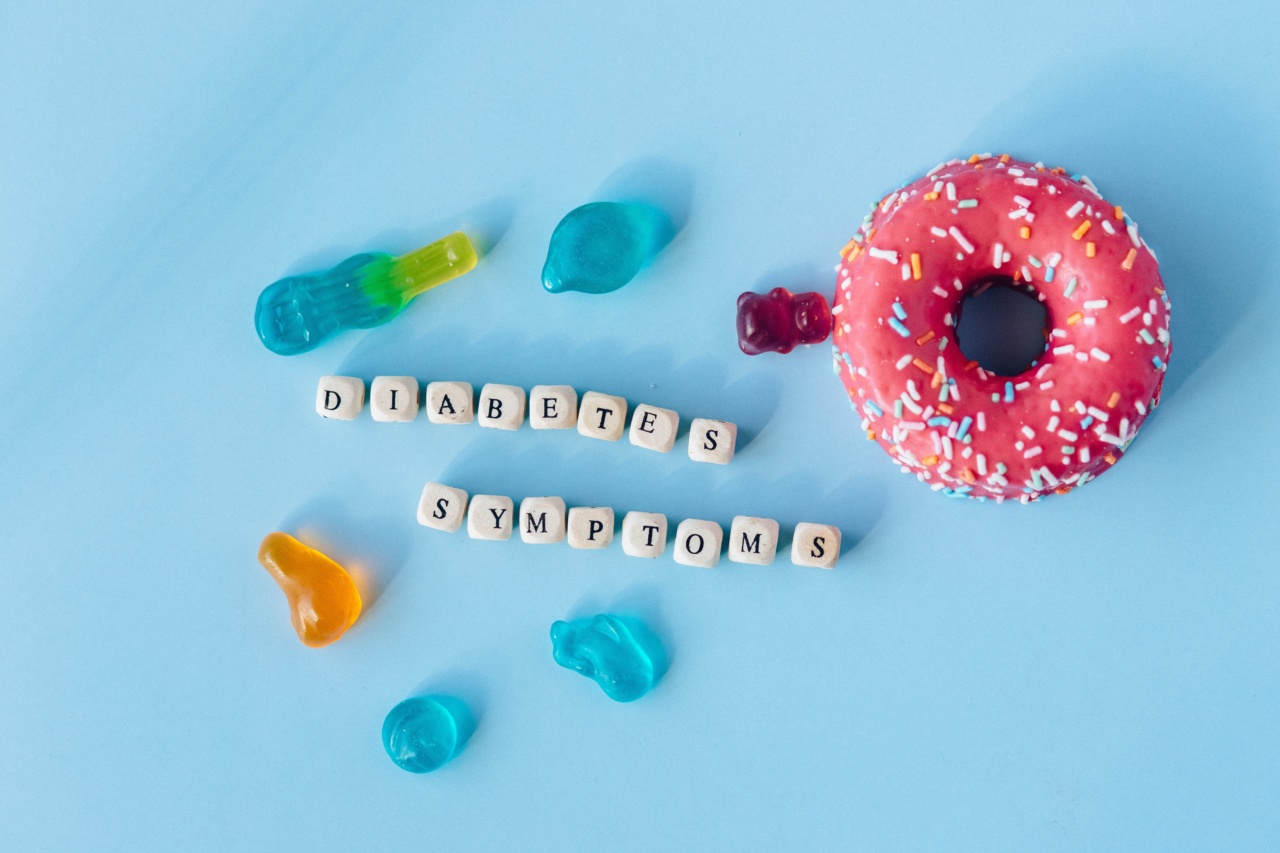Food poisoning is a common illness caused by consuming contaminated food or beverages. It occurs when harmful bacteria, viruses, parasites, or toxins enter the body through the consumption of contaminated food.
The symptoms of food poisoning can vary depending on the type of pathogen responsible for the contamination. By categorizing food poisoning symptoms based on their causes and timelines, we can better understand the different types of foodborne illnesses and identify their associated symptoms.
Understanding Foodborne Illnesses
Foodborne illnesses, also known as foodborne diseases, are caused by consuming contaminated food or beverages. There are several different types of foodborne illnesses, each caused by different microorganisms or toxins. The most common types include:.
Bacterial Food Poisoning
Bacterial food poisoning is caused by the ingestion of food contaminated with pathogenic bacteria. The symptoms usually appear within a few hours to a few days after consuming the contaminated food. Some common types of bacterial food poisoning include:.
1. Salmonellosis
Salmonellosis is caused by the Salmonella bacteria and is commonly associated with the consumption of contaminated eggs, poultry, or dairy products. The symptoms include diarrhea, abdominal pain, fever, and vomiting.
2. Campylobacteriosis
Campylobacteriosis is caused by the Campylobacter bacterium and is often linked to the consumption of undercooked poultry or contaminated water. The symptoms include diarrhea (sometimes bloody), abdominal pain, fever, and nausea.
3. Escherichia coli (E. coli) Infection
E. coli infection is caused by the Escherichia coli bacterium, particularly the strain E. coli O157:H7. This type of infection is typically associated with consuming undercooked ground beef, contaminated produce, or unpasteurized dairy products.
The symptoms include severe abdominal cramps, diarrhea (often bloody), vomiting, and sometimes a low-grade fever.
Viral Food Poisoning
Viral food poisoning is caused by the ingestion of food contaminated with viruses. The symptoms of viral food poisoning often appear within a few hours to a few days after consuming the contaminated food.
Some common types of viral food poisoning include:.
1. Norovirus Infection
Norovirus infections, commonly known as the stomach flu, are caused by the Norovirus. This virus is highly contagious and can spread easily through contaminated food, water, or surfaces.
The symptoms include nausea, vomiting, diarrhea, stomach cramps, and fever.
2. Hepatitis A
Hepatitis A is a viral infection that affects the liver. It is often transmitted through the consumption of food or water contaminated with the hepatitis A virus.
The symptoms include fatigue, nausea, vomiting, abdominal pain, jaundice (yellowing of the skin and eyes), and dark urine.
Parasitic Food Poisoning
Parasitic food poisoning is caused by the ingestion of food or water contaminated with parasites. The symptoms can vary depending on the type of parasite involved. Some common types of parasitic food poisoning include:.
1. Giardiasis
Giardiasis is caused by the Giardia parasite and is often transmitted through the consumption of contaminated water or food. The symptoms include diarrhea, abdominal cramps, bloating, gas, and weight loss.
2. Cryptosporidiosis
Cryptosporidiosis is caused by the Cryptosporidium parasite and can be transmitted through contaminated water, food, or surfaces. The symptoms include watery diarrhea, stomach cramps, nausea, vomiting, and fever.
Toxin-Mediated Food Poisoning
Toxin-mediated food poisoning occurs when a person consumes food contaminated with toxins produced by bacteria or fungi. The symptoms of toxin-mediated food poisoning can vary depending on the specific toxin involved.
Some common types of toxin-mediated food poisoning include:.
1. Botulism
Botulism is caused by the ingestion of the neurotoxin produced by the Clostridium botulinum bacterium. It can be transmitted through the consumption of improperly processed canned or preserved foods.
The symptoms include blurred or double vision, difficulty swallowing, muscle weakness, dry mouth, and paralysis.
2. Staphylococcal Food Poisoning
Staphylococcal food poisoning is caused by consuming food contaminated with Staphylococcus aureus and its associated toxins. The symptoms include sudden onset of nausea, vomiting, abdominal cramps, and diarrhea.
Understanding the Timelines of Food Poisoning Symptoms
The timeline of food poisoning symptoms can vary based on the type of pathogen and the individual’s immune response.
However, understanding the general timelines associated with different foodborne illnesses can help in identifying the cause and seeking appropriate medical attention.
1. Acute Food Poisoning
Acute food poisoning refers to the sudden onset of symptoms, usually within a few hours to a few days after consuming contaminated food. Bacterial food poisoning, such as Salmonellosis and E. coli infection, often exhibit acute symptoms.
These symptoms may include diarrhea, vomiting, abdominal pain, and fever. The duration of acute food poisoning symptoms can range from a few days to a week, depending on the individual’s immune system and the specific pathogen involved.
2. Chronic Food Poisoning
Chronic food poisoning refers to the development of persistent or recurring symptoms over a prolonged period. Some parasitic food poisoning, such as Giardiasis, may cause chronic symptoms.
These symptoms may include chronic diarrhea, abdominal cramps, bloating, and weight loss. Chronic food poisoning can last for several weeks to months if left untreated.
3. Delayed-Onset Food Poisoning
Delayed-onset food poisoning refers to the onset of symptoms several hours to several days after consuming contaminated food. Some viral food poisoning, such as Norovirus infection, may exhibit delayed-onset symptoms.
These symptoms may include nausea, vomiting, diarrhea, stomach cramps, and fever. The duration of delayed-onset food poisoning symptoms can vary from a few days to a week.
Seeking Medical Attention
If you experience any symptoms of food poisoning, it is important to seek medical attention, especially if the symptoms are severe, last longer than a few days, or if you belong to a high-risk group, such as young children, pregnant women, older adults, or individuals with weakened immune systems. A healthcare professional can diagnose the specific cause of food poisoning and provide appropriate treatment.
In conclusion, food poisoning symptoms can be categorized based on their causes and timelines. Understanding the various types of foodborne illnesses and their associated symptoms can help in identifying and addressing food poisoning effectively.
It is essential to practice good food safety measures and seek medical attention when needed to prevent and manage foodborne illnesses.































